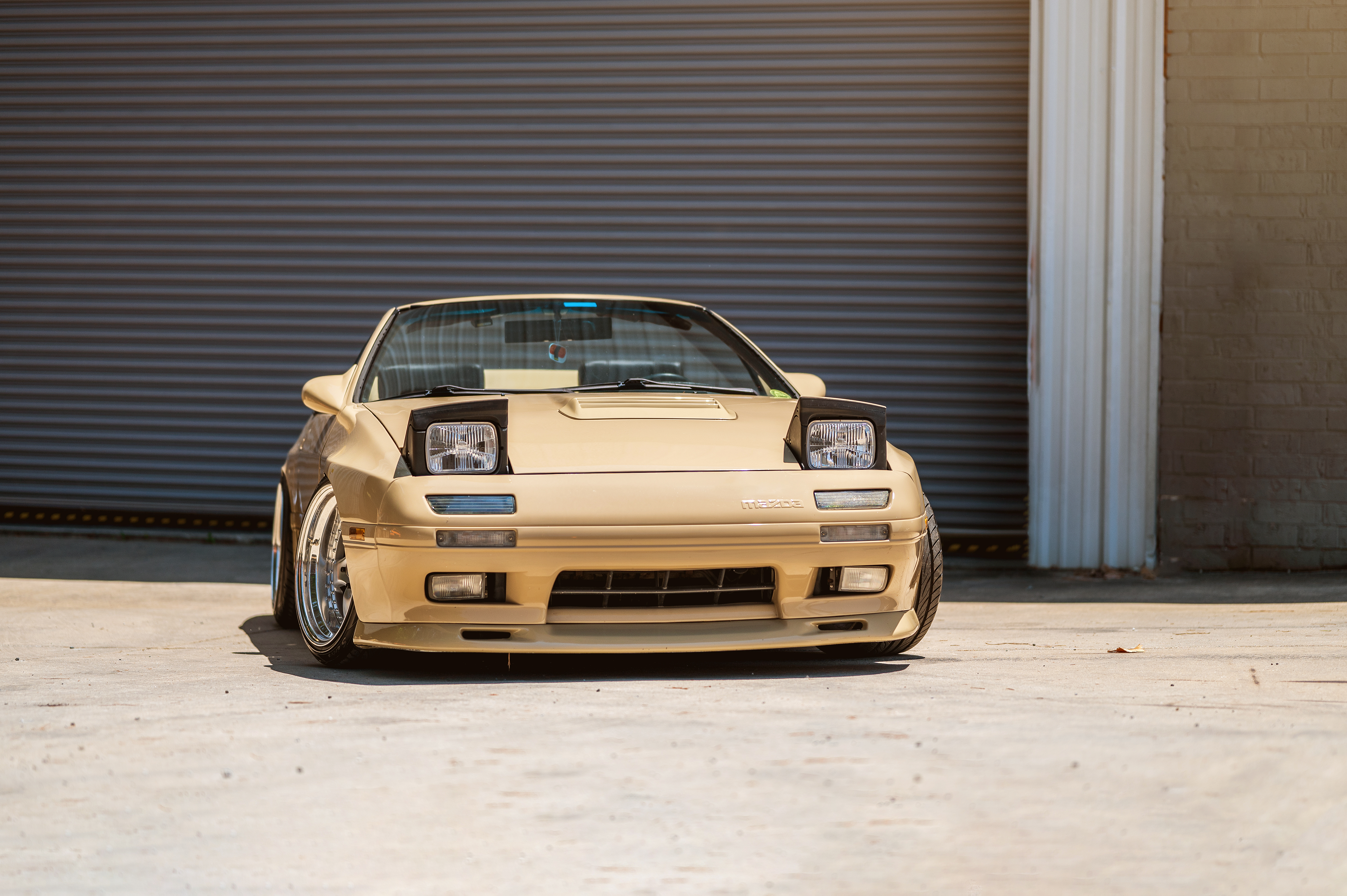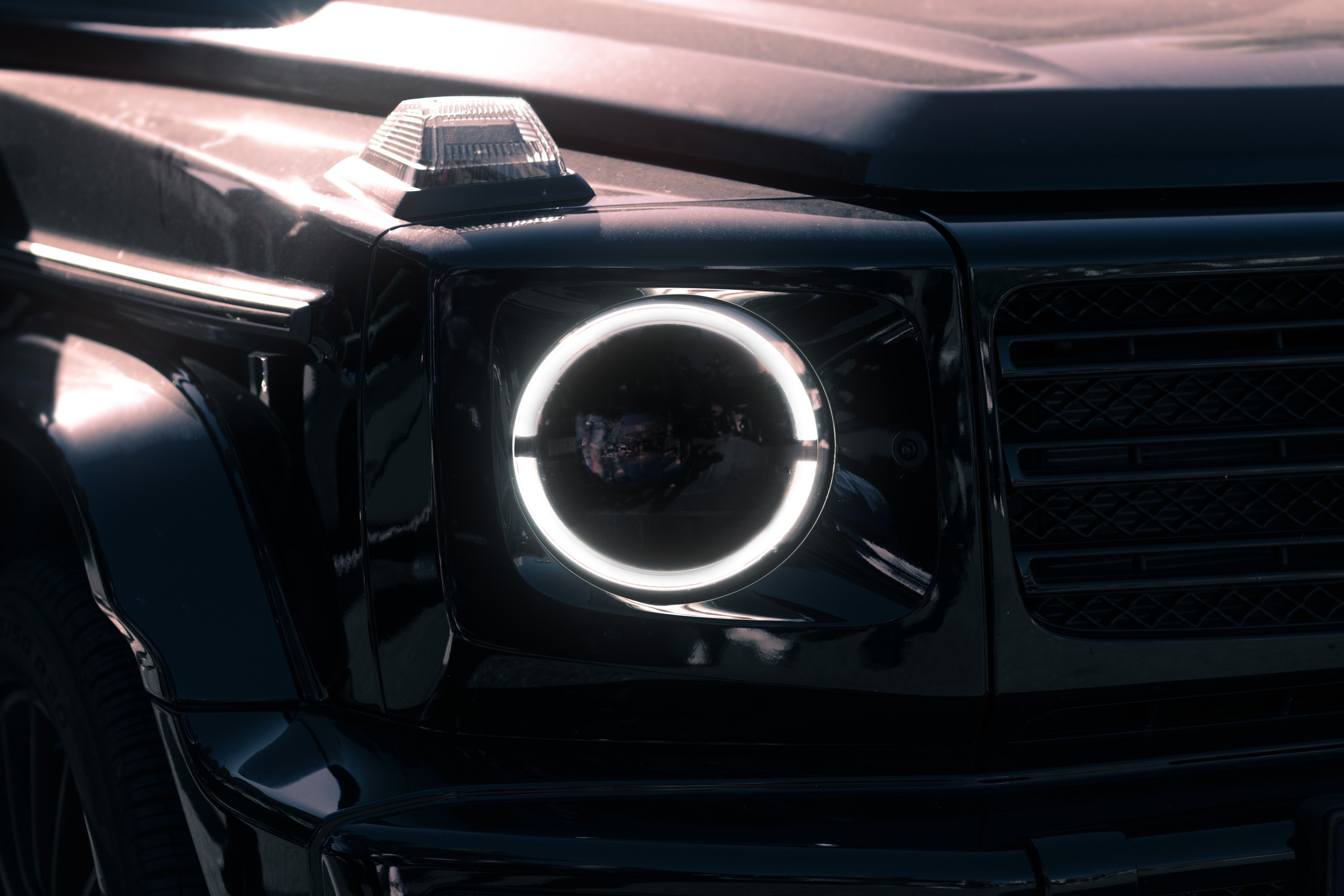Hey there, fellow motorhead! If you're anything like me, you've probably found yourself reminiscing about the iconic pop-up headlights that once graced our roads. These hidden gems, also known as flip-eye headlamps or hideaway headlights, were a distinctive feature of automotive design that have seemingly disappeared. So, what led to their discontinuation? Let's dig into this captivating piece of automotive history.

The Golden Era of Pop-Up Headlights
Pop-up headlights were more than just a design element; they were a testament to the innovative spirit of the automotive industry. These hidden headlamps first made their appearance on the Cord 810 at the New York Auto Show in November 1935 and shortly after on a custom example of the Alfa Romeo 8C in 1936. They were not just aesthetically pleasing but also served a practical purpose, allowing for a sleek car design while ensuring visibility during nighttime driving. However, like many trends, they eventually faded into the background.
The Practicality Dilemma
One of the main reasons for the discontinuation of pop-up headlights was their practicality, or lack thereof. As charming as they were, they were prone to mechanical issues. If you've ever had to deal with a stuck headlight in the middle of a dark road, you'll understand the problem. The added complexity of the pop-up mechanism also meant more potential points of failure, leading to potentially costly repairs.
Aerodynamics and Design Evolution
As car design evolved, the focus shifted towards creating sleeker, more aerodynamically efficient shapes. Pop-up headlights, while undoubtedly cool, disrupted the smooth lines of the car when in use, negatively impacting its aerodynamic performance.
Regulatory Impact
Safety regulations also played a significant role in the phasing out of pop-up headlights. The European Union, for instance, introduced pedestrian safety rules that made it more challenging for car manufacturers to incorporate pop-up headlights into their designs.
The Final Chapter
The last time pop-up headlamps graced a volume-production car was in 2004, marking the end of an era with the conclusion of the Lotus Esprit and Chevrolet Corvette (C5) production. The development of projector beam headlamps, such as those on the 1990 Nissan 300ZX (Z32), and more efficient, bright LED headlamps, effectively eliminated the need for hidden headlamps.
Despite this, hidden headlamps are not outright banned. They can still be installed on vehicles today, such as the Ares Design Project1, keeping the spirit of this iconic feature alive.

In Conclusion
While we may miss the unique charm of pop-up headlights, it's clear that their discontinuation was a result of the evolving needs and standards of the automotive industry. But who knows? With the rapid advancements in technology, we might just see a modern, more efficient version of pop-up headlights in the future.
Regardless of whether it's pop-up headlights or the latest LED technology, the most important thing is that our headlights are reliable, durable, and high-performing. After all, our safety on the road depends on it.
Stay tuned for more explorations into automotive history and technology. And as always, keep your passion for cars burning bright!






.png?width=300&height=87&name=logo%20(1).png)